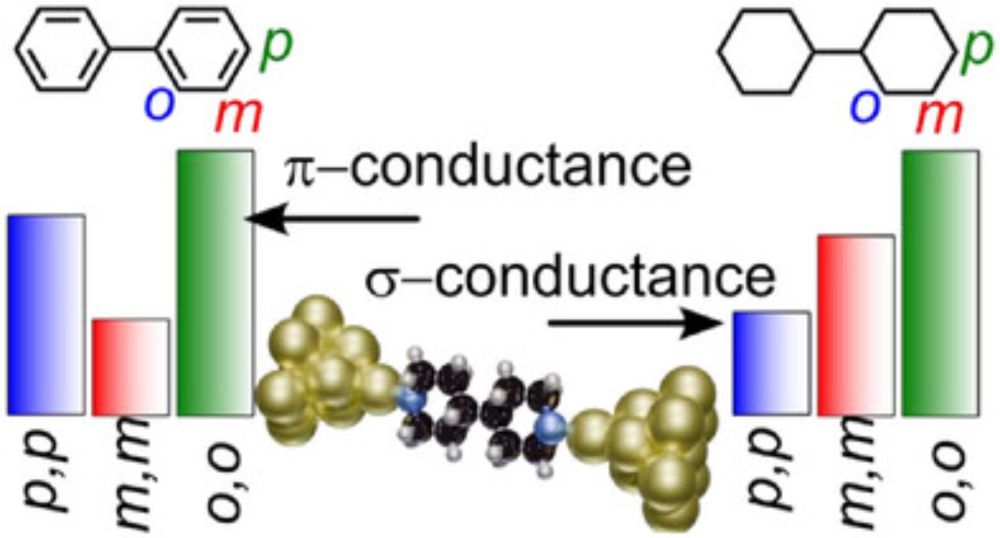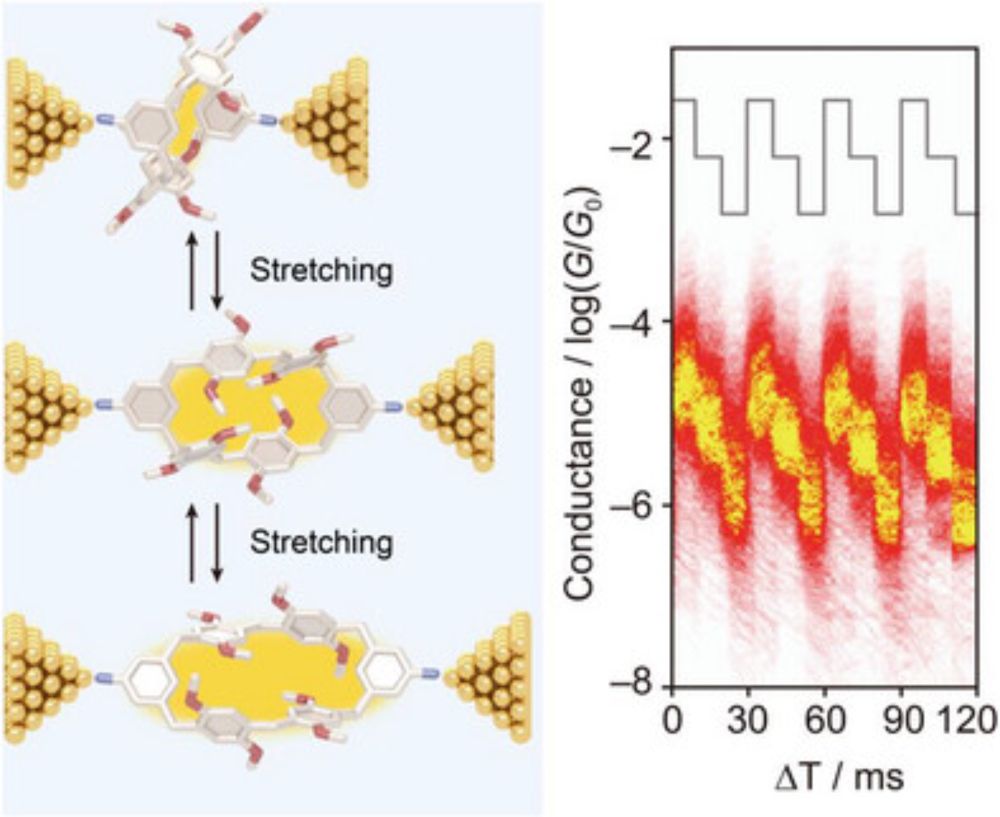SMERALDO
@smeraldo-alliance.bsky.social
170 followers
1K following
220 posts
Single Molecule Electronics Research Alliance and InterDisciplinary netwOrk.
Raising awareness of Molecular Electronics research outcomes and promoting interdisciplinary efforts.
Posts
Media
Videos
Starter Packs
Pinned




















